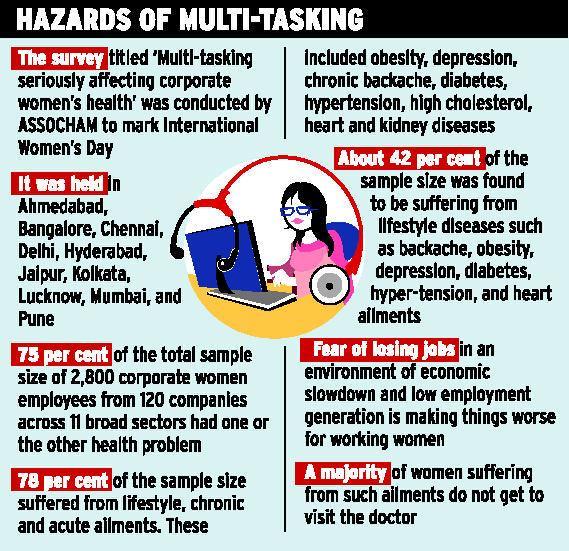August 19, 2013
China bound batches of dairy products were brought to a halt because of excessive levels of nitrate

August 19, 2013
China bound batches of dairy products were brought to a halt because of excessive levels of nitrate

Wellington: More New Zealand milk products bound for China have been halted after elevated levels of nitrates were found; raising further concerns over quality and testing in the world's largest dairy exporter in the wake of a contamination scare earlier this month.
New Zealand's agricultural regulator said on Monday it has revoked export certificates for four China-bound consignments of lactoferrin manufactured by Westland Milk Products after higher- than-acceptable nitrate levels were found by tests in China. Two of the four consignments had been shipped to China but had not reached consumers, thw Ministry of Primary Industries said.
"Any food safety risk to Chinese consumers is negligible because the quantities of lactoferrin used in consumer products was very small, meaning the nitrate levels in those products would easily be within acceptable levels", Scott Gallacher, the acting director-general of the Ministry of Primary Industries (MPI), said in a statement.
The announcement comes just weeks after Westland's much bigger competitor, Fonterra, said some of its dairy ingredients were contaminated with a botulism-causing bacteria. This prompted a recall of infant formula products, sports drinks and other products in China, New Zealand and other Asia-Pacific nations. "All of the product has been located, none of it has entered the retail food chain," Westland Chief Executive Rod Quin told Reuters. "We're well aware of the wider context of the issue and related concerns, so we've acted to make sure the product doesn't go any further."
The four consignments were derived from two affected batches of lactoferrin, a naturally occurring protein found in milk, manufactured by Westland at its Hokitika factory on the country's South Island. Initial investigations pointed to contamination by cleaning products which contain nitrates that were not property flushed from the plant, Quin said. Privately owned Westland makes about 120,000 tonnes of dairy product each year, exporting the majority. Its production pales in comparison with Fonterra, which exports 2.5 million tonnes of product.
ANZ agricultural economist Con Williams said that the 390 kilograms of affected Westland product was much smaller than the 38 tonnes of contaminated product produced by Fonterra. As a result, he expected it would have limited impact on global demand for New Zealand dairy products.
"The timing isn't ideal. There's heightened concern around food safety issues at the moment especially in the dairy sector in light of the Fonterra issue two weeks ago," Williams said. "But in terms of the actual issues, it doesn't seem to be substantial … It looks like only a very small amount of product was affected and it doesn't seem to be a food safety issue."
The two batches of lactoferrin showed nitrate levels of 610 and 2,198 parts per million, respectively, above the New Zealand maximum limit of 150 parts per million. Westland exported one batch directly to a Chinese distributor, which sold the product on as an ingredient for other dairy products. The second batch was supplied to New Zealand's Tatua Co-operative Dairy Company, and also exported to China.
"MPI, the Ministry of Foreign Affairs and Trade and the companies concerned are working closely with the Chinese authorities on this issue," Gallacher said. There was no affected lactoferrin used in products in New Zealand or exported elsewhere. New Zealand relies on diary exports for about a quarter of its NZ$46 billion in annual export earnings.
Courtesy: Reuters
















































































































